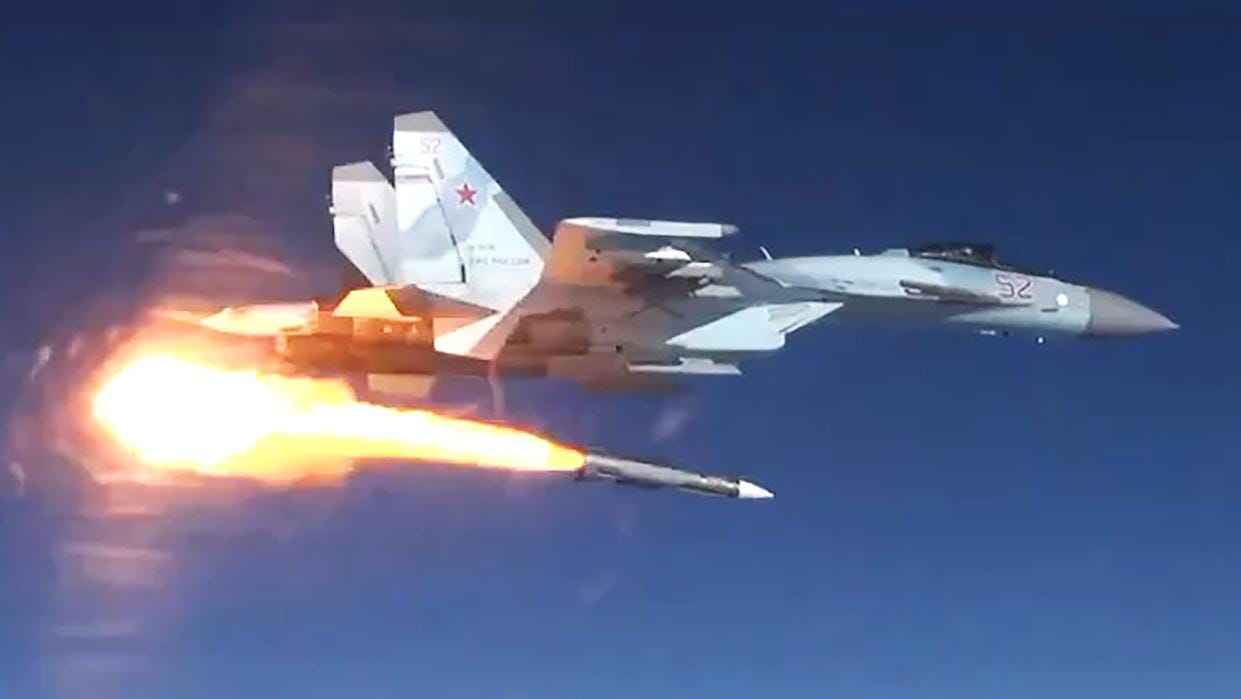Russia’s Nuclear Air-to-Air Missile Is Back From the Cold War
This weapon symbolizes a Russian admission that it can't go toe-to-toe with NATO's fifth-gen fleet.
It’s official. The Pentagon’s Defense Intelligence Agency just confirmed that Russia is fielding a nuclear-tipped air-to-air missile.
No, you haven’t time-traveled to 1961. This is happening now, in 2025. The Soviet Union may be dead, but its love affair with overkill ha…
Keep reading with a 7-day free trial
Subscribe to Eyes Only with Wes O'Donnell to keep reading this post and get 7 days of free access to the full post archives.



